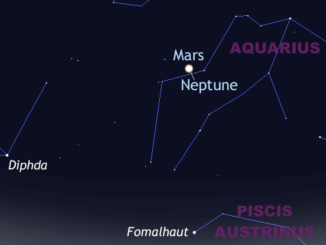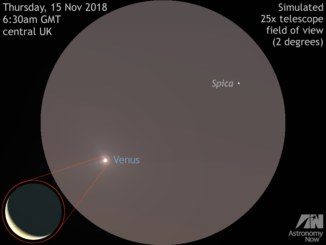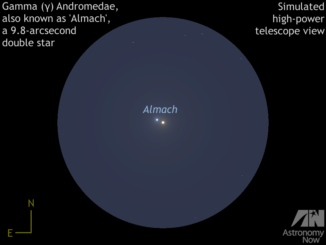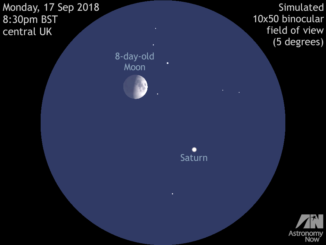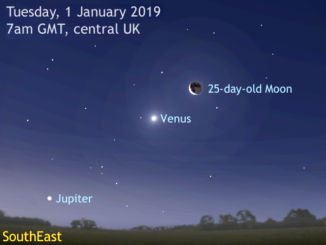
See the old Moon close to Venus then Jupiter in the dawn sky
Early risers in the UK with an unobstructed horizon from southeast through south can see the old crescent Moon close to dazzling Venus in Libra then Jupiter in Ophiuchus over three consecutive mornings starting New Year’s Day around 7am GMT. The brightest and largest planets lie little more than the span of an outstretched hand at arm’s length apart at this time.



